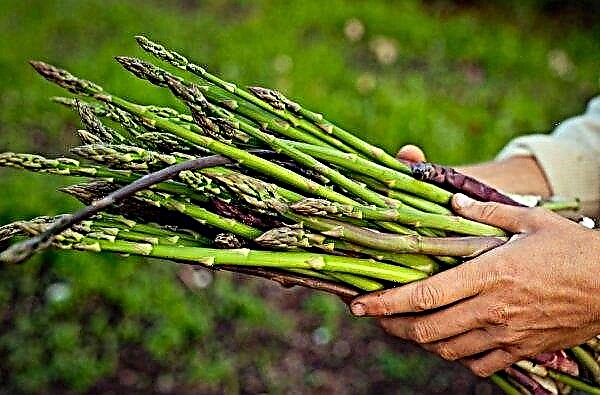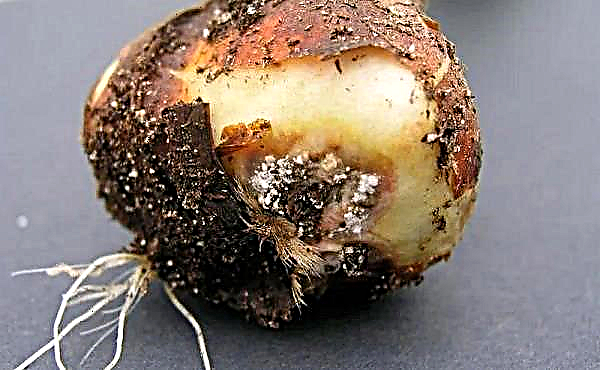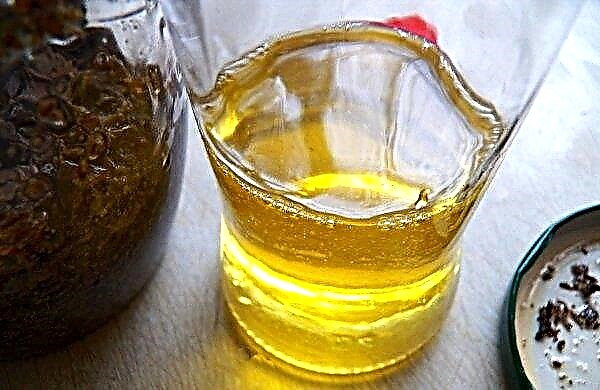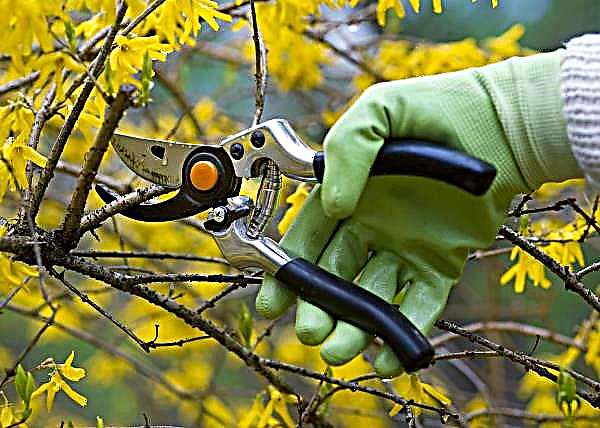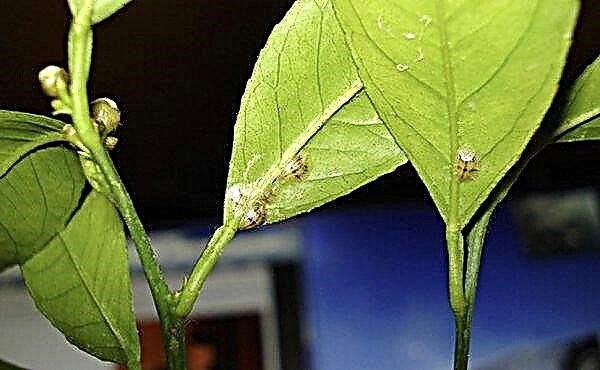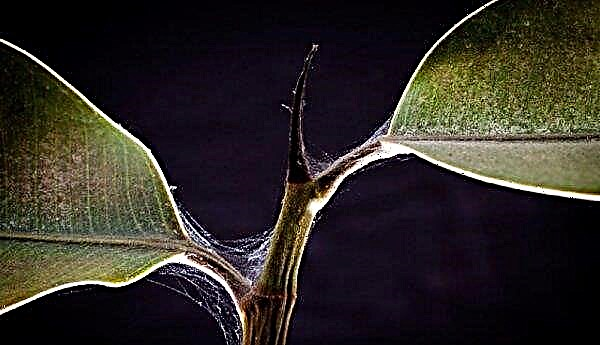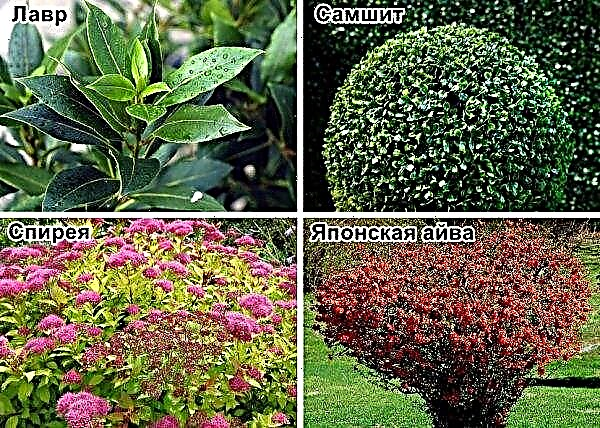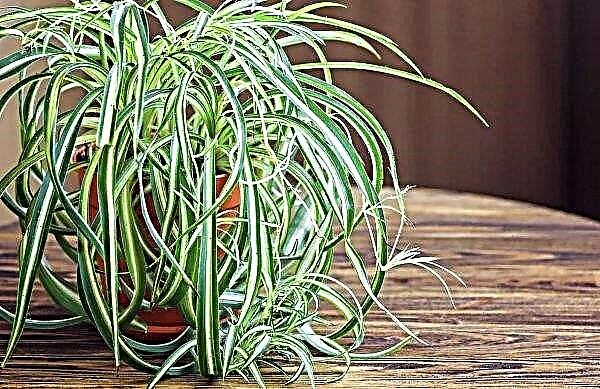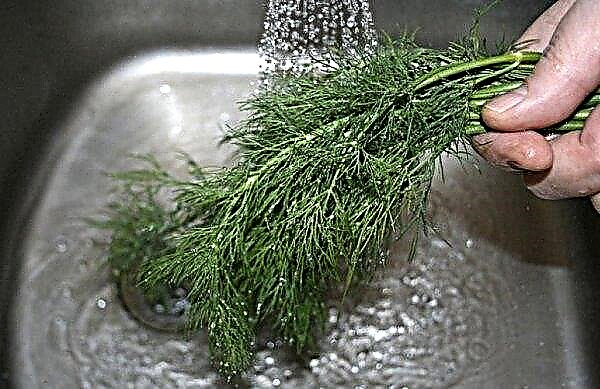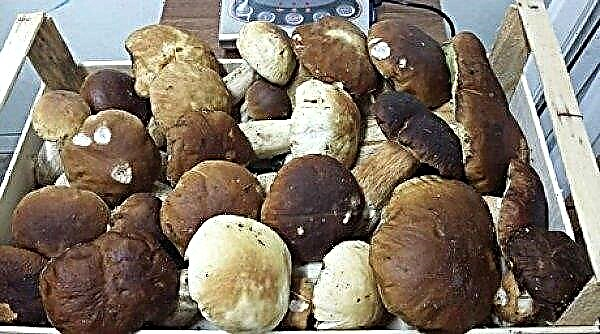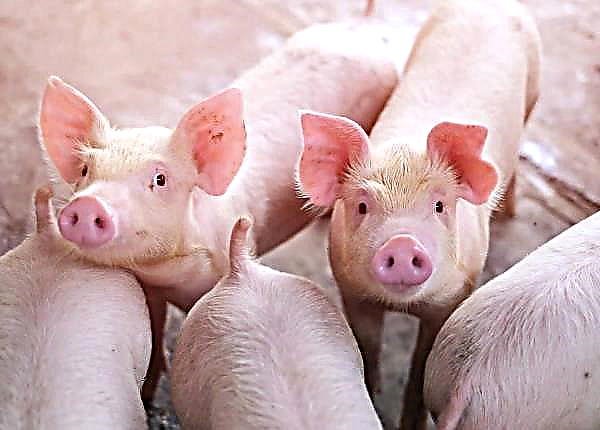Growing tomatoes in a greenhouse in a temperate climate is justified. In private farms, there is often a need to plant several crops in one greenhouse. In the article you will find information on how to grow tomatoes at the same time in order to optimize the use of space.
Features and characteristics of tomato culture
The tomato belongs to the Solanaceae family along with potatoes, eggplant, tobacco, pepper and a number of other plants. They are distinguished by serrated lobed leaves arranged in pairs, flowers that are collected in inflorescences, and the root root system. Solanaceae can bloom from spring to summer, and harvest from summer to autumn. The resulting fruits will be berries or boxes.
Tomato is grown in greenhouses around the world. Thanks to this method of growing, you can use its fruits fresh all year round. Most greenhouse varieties are indeterminate, so vertical or horizontal trellises are used to support them. The height of plants reaches 3 m. Determinant or bush tomatoes can also be planted in a greenhouse, but such planting is carried out much less often.
Did you know? There are more nutrients in tomatoes than in yellow tomatoes.
At their core, tomatoes are perennials, but they are usually grown as annual plants. Tomato fruits are multi-nested berries. Often they are collected in brushes. The size range of the fruit is quite wide - from 1.3 to 10 cm. In addition, the fruit is characterized by a wide range of colors.
What can be planted in a greenhouse next to tomatoes
In order for plants to be comfortable, their requirements for growth conditions must match. To determine what to plant tomatoes with, you need to compare the requirements of different crops to the climate and growing conditions.
Basic requirements for growing tomatoes:
- tomato characteristic: moderately thermophilic, needs regular top dressing;
- soil temperature: +15 ... + 18 ° С, during flowering, it should be lower - about + 14 ° С, during fruiting - up to + 19 ° С;
- air temperature: during the day - +18 ... + 20 ° С, at night - +12 ... + 15 ° С;
- soil moisture: 80%;
- watering: at the roots, without wetting the leaves;
- air humidity: 60–65%;
- air exchange: good air circulation and ventilation are desirable;
- fertilizer application: obligatory every 3 weeks.
Therefore, those plants that need moderate humidity and average temperature will be compatible with tomatoes. They also should not be competitors of tomatoes in the consumption of fertilizers, otherwise it will be necessary to fertilize the beds more often.
Important! Leaves and stems of most solanaceous, and tomatoes, including, — toxic. They can not be eaten either by humans or animals.
Tomato-compatible vegetables:
- Peppers - They need a warm greenhouse and this is similar to tomatoes. However, they have their own requirements for fertilizers: compost, humus, phosphorus-potassium fertilizers, in which there should be no chlorine. Tomatoes consume more nutrients more actively, therefore both vegetables are compatible if each of them has its own plot.

- Eggplant - extremely demanding on heat and moisture. And according to these parameters, they are most compatible with tomatoes. They are considered their best companions.

- Onion and garlic - more frost-resistant, but they do not have many requirements for microclimate, so they are often planted in greenhouses along with the main crops.
Given the rules of crop rotation, it can be said that fruit crops, most of which belong to the Solanaceae family, have the same pests and almost identical microclimate requirements, so you can combine them, but keep in mind that if the disease occurs it will spread rapidly throughout the greenhouse.
In the spring
In late winter and early spring, the following plants are sown in the greenhouse:
- Brussels sprouts
- celery;
- early leek;
- salad;
- bow.
 In the middle of spring, sowing of fast-growing leafy crops, as well as pumpkin crops: zucchini, pumpkin, melon, is practiced. You can use part of the greenhouse to plant seedlings, which in May will be transplanted to a permanent place in the open ground.
In the middle of spring, sowing of fast-growing leafy crops, as well as pumpkin crops: zucchini, pumpkin, melon, is practiced. You can use part of the greenhouse to plant seedlings, which in May will be transplanted to a permanent place in the open ground.In summer
In the middle of summer, remove the tops left over from early cucumbers, legumes or melons. They are replaced with parsley or beans. At the end of summer, salad, spicy herbs and vegetables are sown again, from which you will have time to harvest before the autumn frosts.
Did you know? If the tops of tomatoes are daily held by hand, this activates growth hormone — ethylene. It accelerates the development and growth of plants.
Fall
In autumn, remove the tops from the collected summer crops. Salad, French beans, broccoli and parsley are planted. Peas and other legumes that you would like to harvest in early spring are also sown.
In winter
In winter, they practice growing seedlings of crops that are going to be planted in the ground in spring. Main crops are grown only in well-heated industrial greenhouses.
What crops are better not to plant with tomatoes
Cucumbers are popular vegetables that are grown in greenhouses. But growing them together with tomatoes is very difficult due to different moisture requirements. Tomatoes need to not exceed 70%, and with the appearance of fruits - should be in the range of 55–65%.
For cucumbers, the humidity should be 80–85% before fruiting and 90% after the fruit has set and ripened. It will be possible to maintain a different mode only if the greenhouse is divided into isolated sections.
Important! If you choose the right crops for co-cultivation in the greenhouse, then they will not only not harm each other, but also increase productivity by 20–25%.
The following crops are considered incompatible with tomatoes according to the microclimate requirements:
- Zucchini and squash - they require a higher air temperature than tomatoes.

- Cabbage - more cold-loving, therefore not recommended as a companion.

Methods for placing plants in a greenhouse
The greenhouse is usually oriented to the cardinal points so that all plants receive the maximum amount of heat and lighting. The beds in it are arranged from north to south for bush (determinant) tomatoes. When planting tall plants, orient them from east to west. In this case, the morning sun will shine along the rows and evenly illuminate all plants.
The width of the beds should be comfortable for humans. You should not be cramped during spraying, harvesting and other work, so divide the space taking into account the width of one bed - 45-60 cm and the passages between them - about 50 cm.
The need for placement of various crops in the greenhouse depends on the purpose of their cultivation. Usually combine crops grown for personal consumption. In this case, it is enough to plant plants with the same microclimate requirements. For mass cultivation of tomatoes for sale, combine them with spices that will deter pests.





